On May 6, 1954, we launched a general attack on Dien Bien Phu, destroying the enemy's bunkers and underground bunkers on Hill A1 - an important location in Dien Bien Phu. (Photo: VNA documents) |
Under the correct and creative leadership of the Party, 71 years ago, our army and people achieved the Dien Bien Phu Victory - the peak of the 1953-1954 Winter-Spring campaign, crushing the highest war effort of French colonialism and American intervention, successfully ending the resistance war against French colonialism, ending the war, and restoring peace in Indochina.
Not only marking the collapse of old colonialism, becoming a symbol of the inheritance and promotion of the glorious historical tradition of the nation through thousands of years of building and developing the country, Dien Bien Phu has become a place to record the great dedication and sacrifice of countless cadres, soldiers of the Army and people of Vietnam, and is the pinnacle of Vietnamese mettle and intelligence in the cause of fighting to protect the Fatherland.
Create an advantage in political and spiritual power
With a strategic vision, in early December 1953, the Politburo decided to launch the Dien Bien Phu Campaign, striking a decisive blow, successfully ending the resistance war against the invading French colonialists. Entering the Campaign, we mobilized five main force divisions to encircle and attack the enemy and more than 260,000 laborers to serve the campaign.
With the combined strength of human-weapons-equipment factors, force organization, military art, and implementing the motto "fight firmly, advance firmly," our troops continuously attacked, successively broke through, destroyed each stronghold and cluster of strongholds, and proceeded to completely destroy the Dien Bien Phu stronghold complex, successfully completing the assigned mission.
The victory of the Campaign came from many factors, the first of which was that we had a firm grasp of the situation, promptly proposed correct strategic policies, selected appropriate combat targets, which had decisive significance in winning the strategy; promptly changed the combat motto - a factor that had direct significance in deciding the victory of the Campaign.
Before and during the Dien Bien Phu Campaign, the spirit of determination to fight and win of our army and people was highly promoted; at the same time, we gained the sympathy and support of fraternal countries and peace-loving people in the world, promoting national strength combined with the strength of the times.
The Dien Bien Phu campaign was a long campaign, where the greatest efforts of both sides were concentrated. Therefore, it was an extremely arduous battle with many losses and sacrifices. However, under the leadership, education, organization and training of the Party, headed by President Ho Chi Minh, the invincible spiritual strength of the nation was aroused, transformed into material strength to defeat the enemy. The policy of rent reduction, land reform, and giving land to farmers, including many families of cadres and soldiers on the front line, aroused the gratitude and absolute trust of the soldiers in the Party, Uncle Ho and the final victory of the resistance war.
In addition, through the study sessions, political rectification, and inciting hatred, especially after studying and thoroughly understanding the Campaign Commander's orders on strengthening the sense of compliance with battlefield discipline, performing well the tasks and combat plans, shifting from "fighting quickly, solving quickly" to "fighting firmly, advancing firmly," the spirit of determination to fight and win was enhanced in the officers and soldiers, creating an absolute advantage in the political and spiritual strength that led to the victory of the Campaign.
The Art of Choosing a Campaign Opening Target
During the Dien Bien Phu Campaign, both the French colonialists and the American interventionists considered Dien Bien Phu to be “an impregnable fortress.” In this group of strongholds, the Him Lam stronghold cluster belonged to the central sub-region, together with the resistance centers of Doc Lap hill and Ban Keo of the Northern sub-region, forming a frontline defensive position to the North and Northeast, protecting Muong Thanh.
Implementing the 1953-1954 Winter-Spring campaign plan, the Politburo Conference (meeting on December 6, 1953) approved the determination of the General Military Commission: "Concentrate the majority of the elite main force to launch an offensive campaign to destroy the Dien Bien Phu stronghold group." To implement the above determination, the Campaign Command chose the motto of fighting firmly, advancing firmly, focusing on the superiority of troops and firepower to fight each battle or a number of consecutive pillow battles, destroying each stronghold and cluster of strongholds on the outskirts, "peel off" from the outside, and open the way to enter Muong Thanh field.
With this way of fighting, the Campaign Command chose Him Lam as the opening target. The 312th Division (lacking the 165th Regiment) was reinforced with "two 75mm artillery companies, two 120mm mortar companies, two 82mm mortar companies" with the mission of attacking Him Lam, opening the Dien Bien Phu Campaign; during the fighting, two 105mm howitzer companies directly supported it.
At exactly 5:05 p.m. on March 13, 1954, our artillery practiced effective preparatory firepower, creating conditions for the attacking forces of the 312th Division to maneuver and occupy the starting position to charge.
At 18:30 on March 13, 1954, we began to open the gate. Regiment 141 used Battalion 11 to attack the main direction, destroying stronghold 1 (102); Battalion 428 attacked the secondary direction, destroying stronghold 2 (101A). Regiment 209 used Battalion 130 to attack stronghold 3 (101B).
The fighting was fierce, especially in the main direction of Regiment 141. By 11:30 p.m. the same day, the Him Lam resistance center was completely destroyed, "more than 200 people were killed, 270 were captured alive, and the 3rd Foreign Legion battalion was eliminated from combat" (according to "Summary of campaigns in the resistance war against French colonialism," People's Army Publishing House).
The victory of Him Lam left a valuable lesson on the art of opening an offensive campaign, demonstrating the Vietnamese military intelligence, most notably in choosing the right target to open the Campaign. This was an accurate, scientific choice, which had a decisive meaning for the development of the Campaign. The opening target was often chosen in a dangerous position, when we hit it, it would shake the entire enemy defense system, creating a chain reaction that was beneficial to us and disadvantageous to the enemy; ensuring a reasonable strength and sure victory. Attacking Him Lam to open the campaign was a choice that was suitable for the practical organization and defense arrangement of the combat object.
The victory of the opening battle had the effect of encouraging morale, building confidence in victory for the troops, intimidating their spirit, confusing the enemy, creating favorable positions, forces, and opportunities to attack the main target. Besides, throughout the campaign, we continued to make adjustments to ensure compliance with the motto and methods of combat.
All for the front
Along with the determination at the front, the victory of the Dien Bien Phu Campaign also left a great lesson on promoting the people's logistics position. According to the combat motto, the expected logistics needs of the campaign included: 434 tons of ammunition, 7,730 tons of rice, 140 tons of salt, 465 tons of food, treatment of 5,000 wounded soldiers and by January 20, 1954, logistics preparations had to be completed.
The General Military Commission commented: "To carry out this very large campaign, we have many difficulties, the biggest difficulty is supply, mainly the road problem" (according to "Logistics History of the Vietnam People's Army," People's Army Publishing House).
At 5:05 p.m. on March 13, 1954, the historic Dien Bien Phu Campaign opened with the Him Lam attack. The logistics lines began serving the troops in combat. The biggest difficulty in ensuring the campaign was the very long transportation routes, through rugged mountainous terrain, divided by rivers and streams, and bad roads... The route from Cao Bang, Lang Son to Son La was more than 600km long; the route from Nho Quan, Ninh Binh and Thanh Hoa to Son La was more than 300km long; the route from Son La to the front was more than 150km long. On those routes, the enemy identified 40 key attack points that could cut off our entire supply line.
To concentrate on attacking key points, enemy aircraft carried out 1,186 attacks on traffic routes, with the highest number of bombings being 250 per day (including B-26 attack aircraft). Lung Lo and Pha Din passes, Co Noi and Tuan Giao traffic hubs... became the enemy's main targets of attack. There were days when they dropped 160-300 bombs of various types on Co Noi and Pha Din passes. However, despite the enemy's bombing, the vital traffic route serving the Campaign was always guaranteed. To protect traffic, we used two 37mm anti-aircraft artillery battalions, 12.7mm machine gun battalions to shoot down aircraft; four engineer battalions and tens of thousands of laborers continuously stuck to the roads to ensure traffic...
General Navarre, Commander-in-Chief of the French expeditionary force in Indochina, also had to admit: "... Rarely is a road cut for more than 24 hours. Moreover, during the time the road is cut, transportation continues by transferring or taking another route."
To transport large quantities of materials to the front, the Campaign's logistics work implemented the motto of "taking motorized transport as the main method, thoroughly promoting motorization, and at the same time taking advantage of all primitive means." More than 20,000 bicycles were mobilized by localities to serve the Campaign.
Journalist Giuyn Roa, former Colonel of the French army, wrote: "... It was not Chinese aid that defeated General Navarre, but it was the Peugeot bicycles carrying 200-300kg of goods, carried by underfed laborers who slept on nylon sheets spread on the ground. General Navarre was defeated by the intelligence and determination to win of the opponent!"
During the Dien Bien Phu Campaign, the Logistics sector mobilized all its forces, ensuring more than 87,000 people participated in the campaign (combat force of 53,830 people); the amount of material serving the campaign was up to 20,000 tons: 1,200 tons of ammunition, 1,733 tons of gasoline, 14,950 tons of rice, 268 tons of salt, 577 tons of meat, 1,034 tons of food and 177 tons of other materials (according to "Logistics History of the Vietnam People's Army," People's Army Publishing House).
General Vo Nguyen Giap once assessed: “On the Dien Bien Phu front, the issue of ensuring food and ammunition supply was an extremely important factor, no less important than tactical issues, the difficulty of food supply was no less than the difficulty of combat. The urgent supply situation every day, every hour, no less than the combat situation..., the enemy never imagined that we could overcome this difficulty. The imperialists and reactionaries never assessed the strength of an entire nation, the strength of the people. That strength can overcome all difficulties, defeat all enemies...."
With the spirit of "All for the front, all for victory," our army and people overcame all difficulties, ensuring the victory of the Dien Bien Phu Campaign./.
According to vietnamplus.vn
Source: https://huengaynay.vn/chinh-tri-xa-hoi/ban-linh-va-tri-tue-viet-nam-trong-chien-dich-dien-bien-phu-153329.html


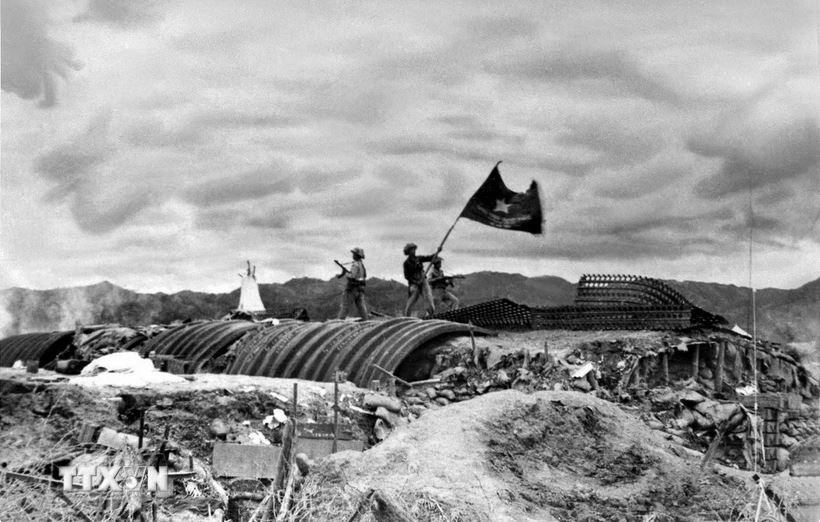



![[Photo] Many young people patiently lined up under the hot sun to receive a special supplement from Nhan Dan Newspaper.](https://vphoto.vietnam.vn/thumb/1200x675/vietnam/resource/IMAGE/2025/5/18/6f19d322f9364f0ebb6fbfe9377842d3)
![[Photo] Ready for the top competitions of Vietnamese table tennis](https://vphoto.vietnam.vn/thumb/1200x675/vietnam/resource/IMAGE/2025/5/18/9c547c497c5a4ade8f98c8e7d44f5a41)
![[Photo] Party and State leaders attend the special art program "You are Ho Chi Minh"](https://vphoto.vietnam.vn/thumb/1200x675/vietnam/resource/IMAGE/2025/5/18/6895913f94fd4c51aa4564ab14c3f250)
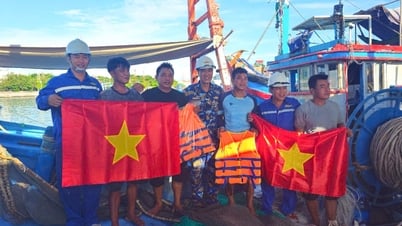

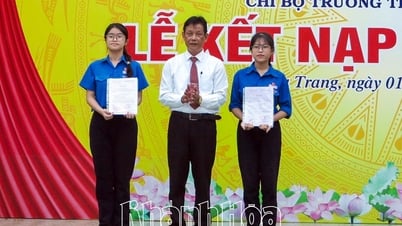
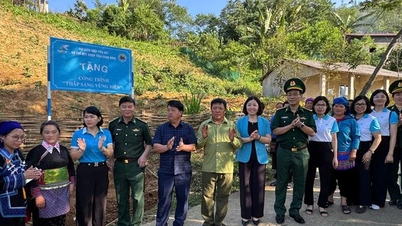



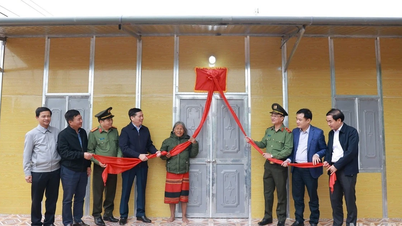
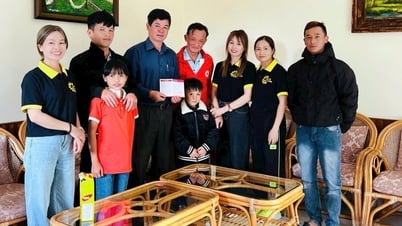





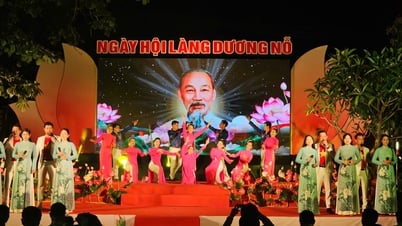

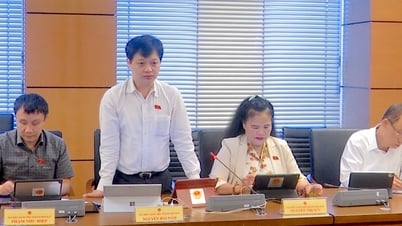
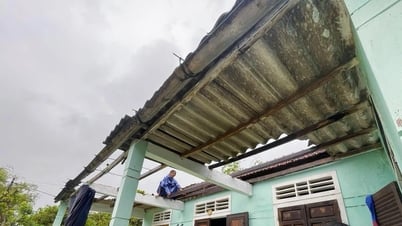
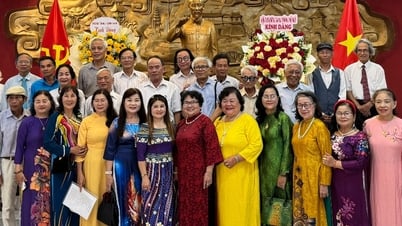
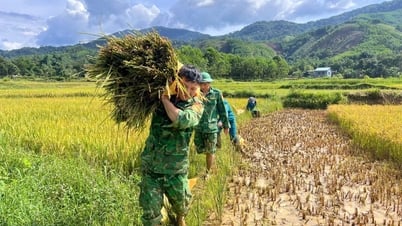




















































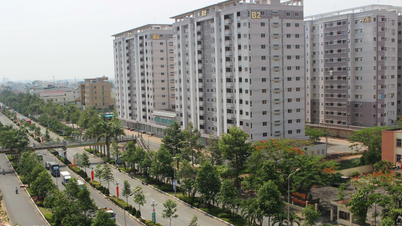
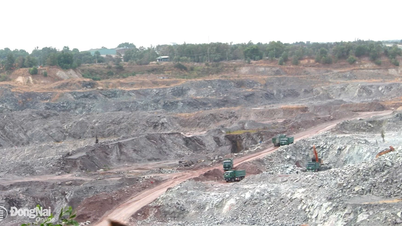










Comment (0)